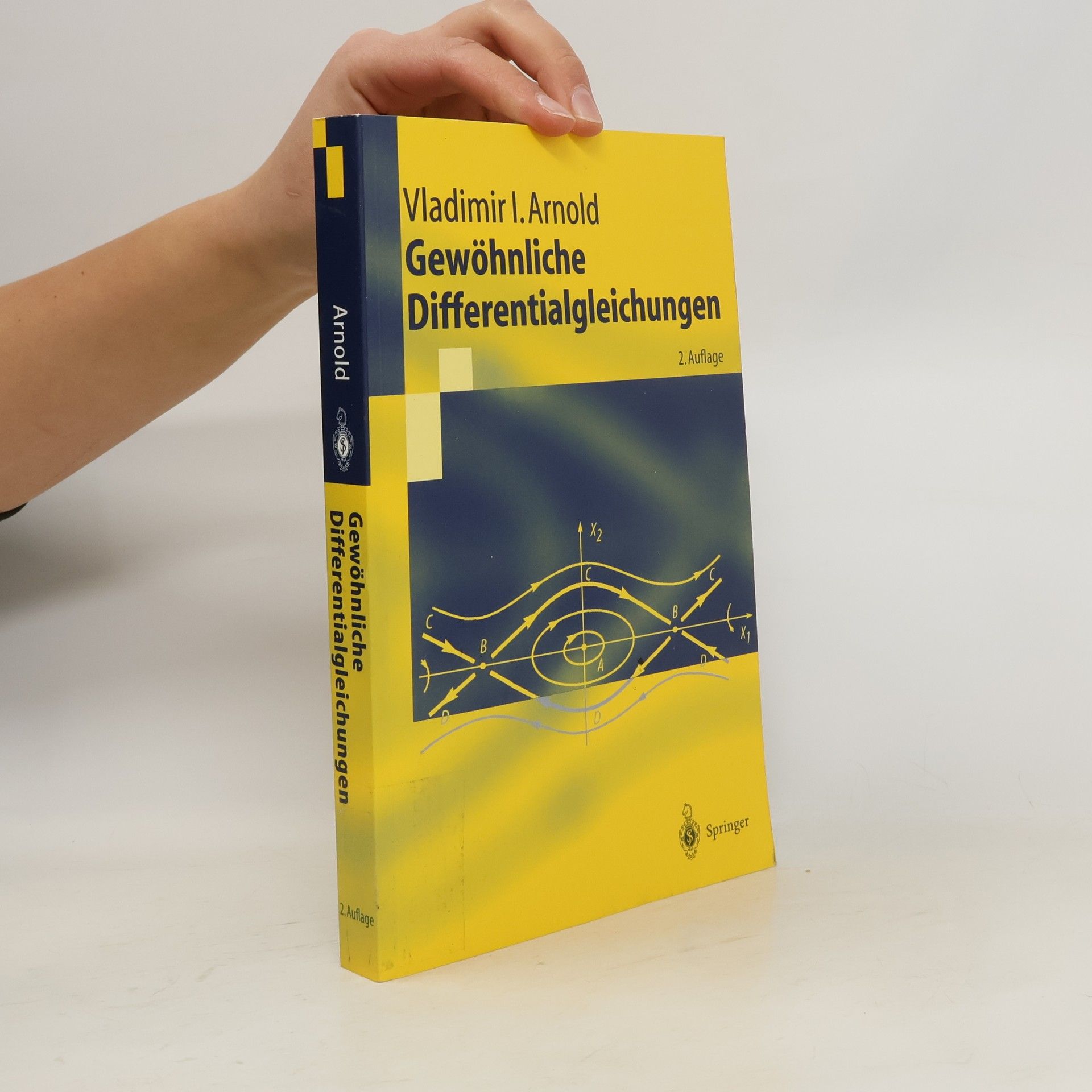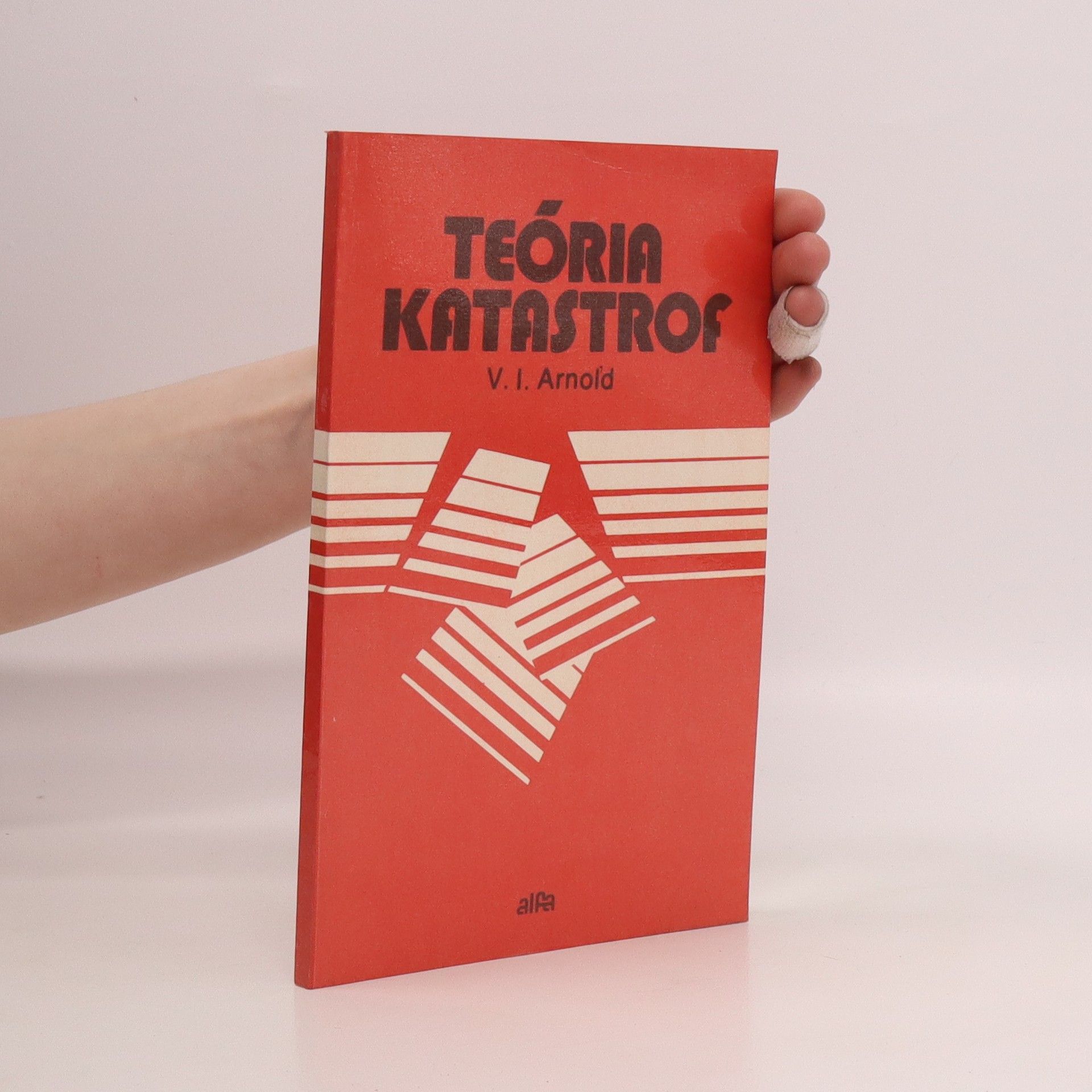Gewöhnliche Differentialgleichungen
- 344 Seiten
- 13 Lesestunden
nen (die fast unverändert in moderne Lehrbücher der Analysis übernommen wurde) ermöglichten ihm nach seinen eigenen Worten, „in einer halben Vier telstunde“ die Flächen beliebiger Figuren zu vergleichen. Newton zeigte, daß die Koeffizienten seiner Reihen proportional zu den sukzessiven Ableitungen der Funktion sind, doch ging er darauf nicht weiter ein, da er zu Recht meinte, daß die Rechnungen in der Analysis bequemer auszuführen sind, wenn man nicht mit höheren Ableitungen arbeitet, sondern die ersten Glieder der Reihenentwicklung ausrechnet. Für Newton diente der Zusammenhang zwischen den Koeffizienten der Reihe und den Ableitungen eher dazu, die Ableitungen zu berechnen als die Reihe aufzustellen. Eine von Newtons wichtigsten Leistungen war seine Theorie des Sonnensy stems, die in den „Mathematischen Prinzipien der Naturlehre“ („Principia“) ohne Verwendung der mathematischen Analysis dargestellt ist. Allgemein wird angenommen, daß Newton das allgemeine Gravitationsgesetz mit Hilfe seiner Analysis entdeckt habe. Tatsächlich hat Newton (1680) lediglich be wiesen, daß die Bahnkurven in einem Anziehungsfeld Ellipsen sind, wenn die Anziehungskraft invers proportional zum Abstandsquadrat ist: Auf das Ge setz selbst wurde Newton von Hooke (1635-1703) hingewiesen (vgl. § 8) und es scheint, daß es noch von weiteren Forschern vermutet wurde.





